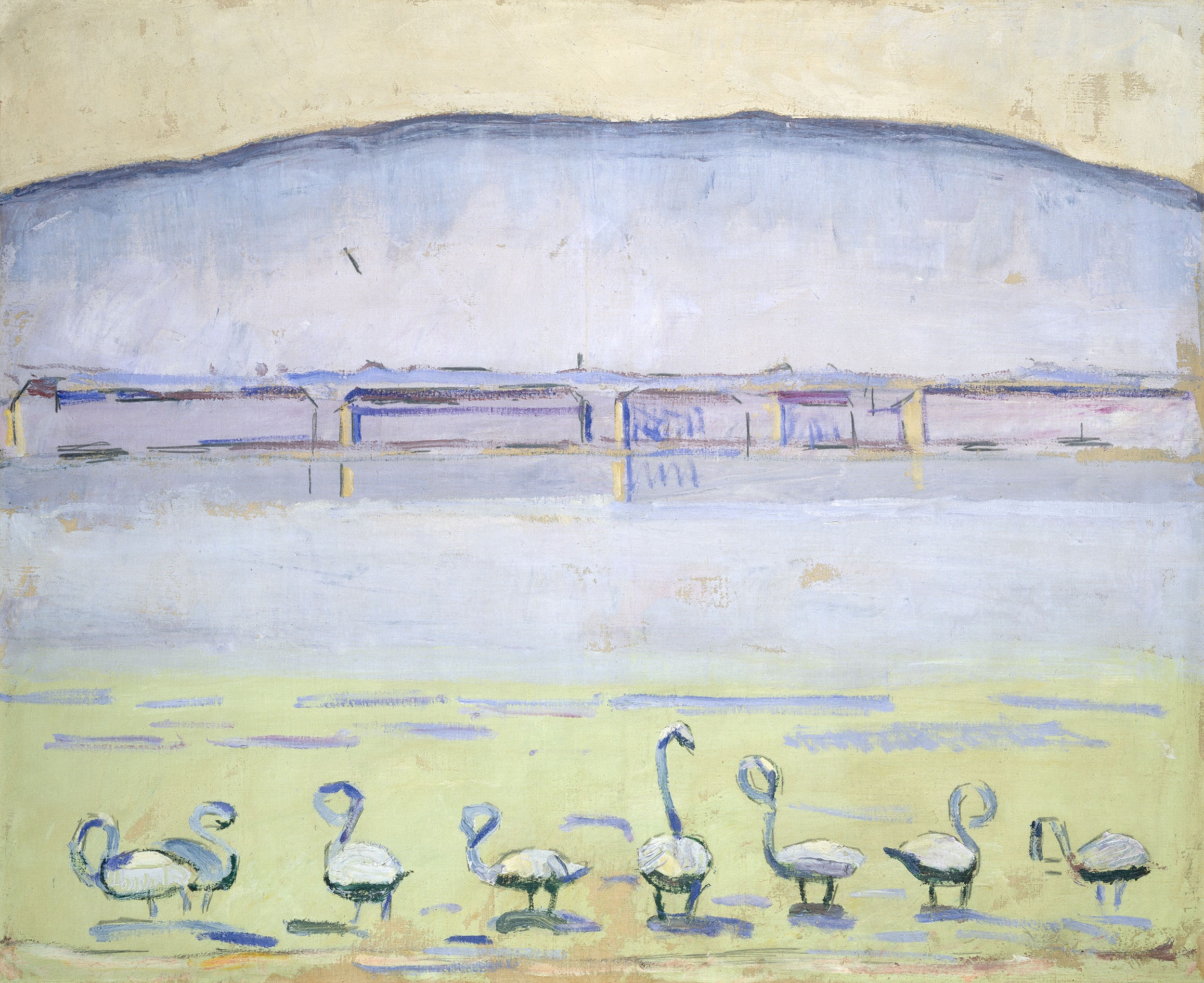Switzerland is an "island" in a "sea" of Europe. From its elevated Alpine position in the heart of Western Europe, it figuratively looks down on the main European cultural heartlands of Italy, France and Germany, the perfect place for a wide-ranging, cosmopolitan collection of European art — which is just what the Kunsthaus Zurich has managed to build up over the years.
Now, to celebrate 150 years of diplomatic ties between Switzerland and Japan, the museum is presenting 74 of its works at a couple of venues in Japan, starting with the National Art Center, Tokyo (NACT), followed by the Kobe City Museum next year.
At first glance the most obvious problem with this exhibition is the surfeit of big names. The stellar cast includes Claude Monet, Edvard Munch, Paul Klee, Marc Chagall and Alberto Giacometti, who all have their own sections, and Vincent van Gogh, Paul Cezanne, Pablo Picasso, Henri Matisse, Vassily Kandinsky and Salvador Dali, who don't. Why should this be a problem? In my experience, having this many big names in an exhibition this size is usually a negative. The exhibition ends up trying to cover too many bases with limited resources.


















With your current subscription plan you can comment on stories. However, before writing your first comment, please create a display name in the Profile section of your subscriber account page.